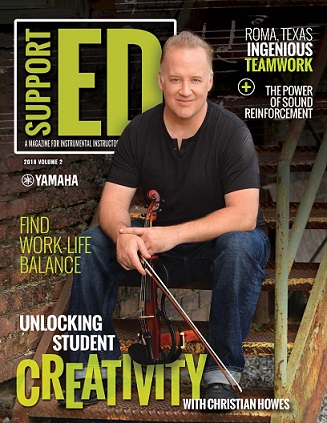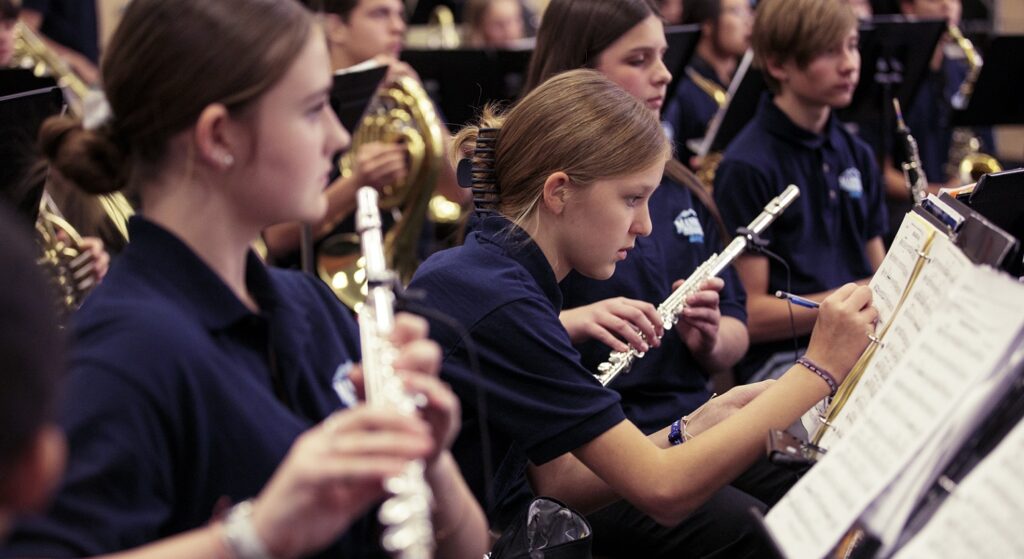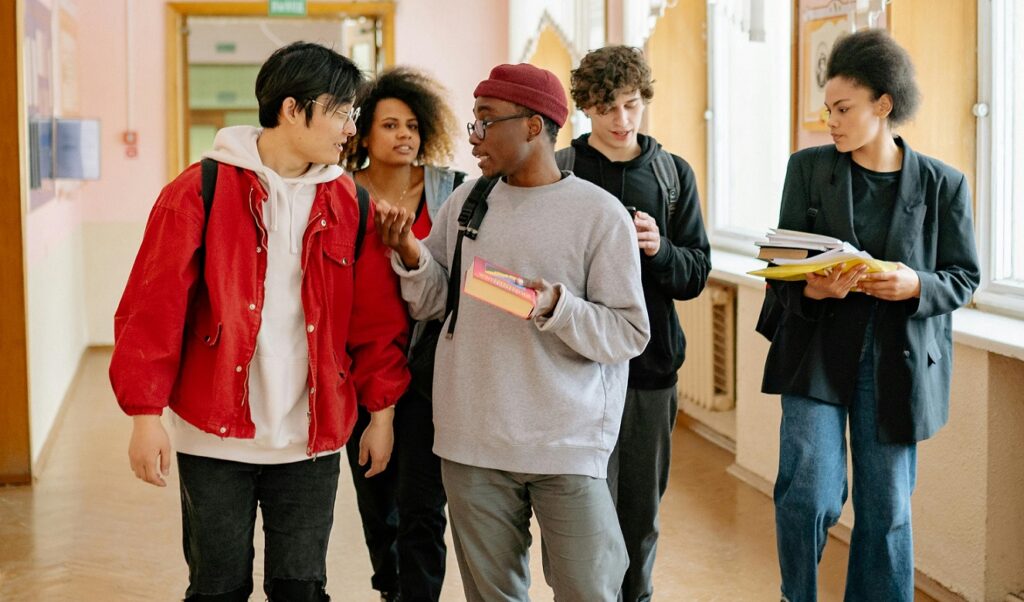Tagged Under:
Scheduling Advice from a High School Band Director
Employ some of this band director’s precise scheduling and pacing strategy.
In Case Study: A Successful Band Program in a Border Town, we met Dena Laurel, head director of the Roma High School band, who built a successful program despite being located in a remote and impoverished area.
1. Start at the End: Figure out where you want the program to be at the end of the season and work backward, using a calendar and lesson plans. “Work smarter, not harder,” Laurel says.
2. Plan for Setbacks: To allow for weather, emergencies or other challenges, choose a date to have your show (or concert pieces) completed at least one to two weeks earlier than the end of your season. “You can always cancel practice, but you can’t add more,” Laurel says.
3. Set Realistic Expectations: When scheduling, think about the realities, capabilities and history of your band. “Figure out how to pace it,” Laurel says. “How much time does it take your band to take in that amount of information?”
4. Make Every Second Count: Laurel likes to plan every second of rehearsal, so that there’s not a down moment. “Right now, I could tell you exactly what part we’re going to learn on a particular weekend in August,” she says. “I can tell you exactly when I’m going to have my show finished. I can tell you which weeks we’re going to work on which parts of the show.”
5. Communicate: A plan won’t work unless everyone knows what’s expected of them. Laurel shares the schedule with students and parents electronically. Each student knows exactly what they need to learn and by when.
6. Stay on Target: Deviate from your plan as little as possible and don’t second-guess the pacing you set. “Have faith that the plan that you make will get you exactly where you want to be,” Laurel says. “Trust your relationship with the kids and their playing as well.”
This article originally appeared in the 2018 V2 issue of Yamaha SupportED. To see more back issues, find out about Yamaha resources for music educators, or sign up to be notified when the next issue is available, click here.
















